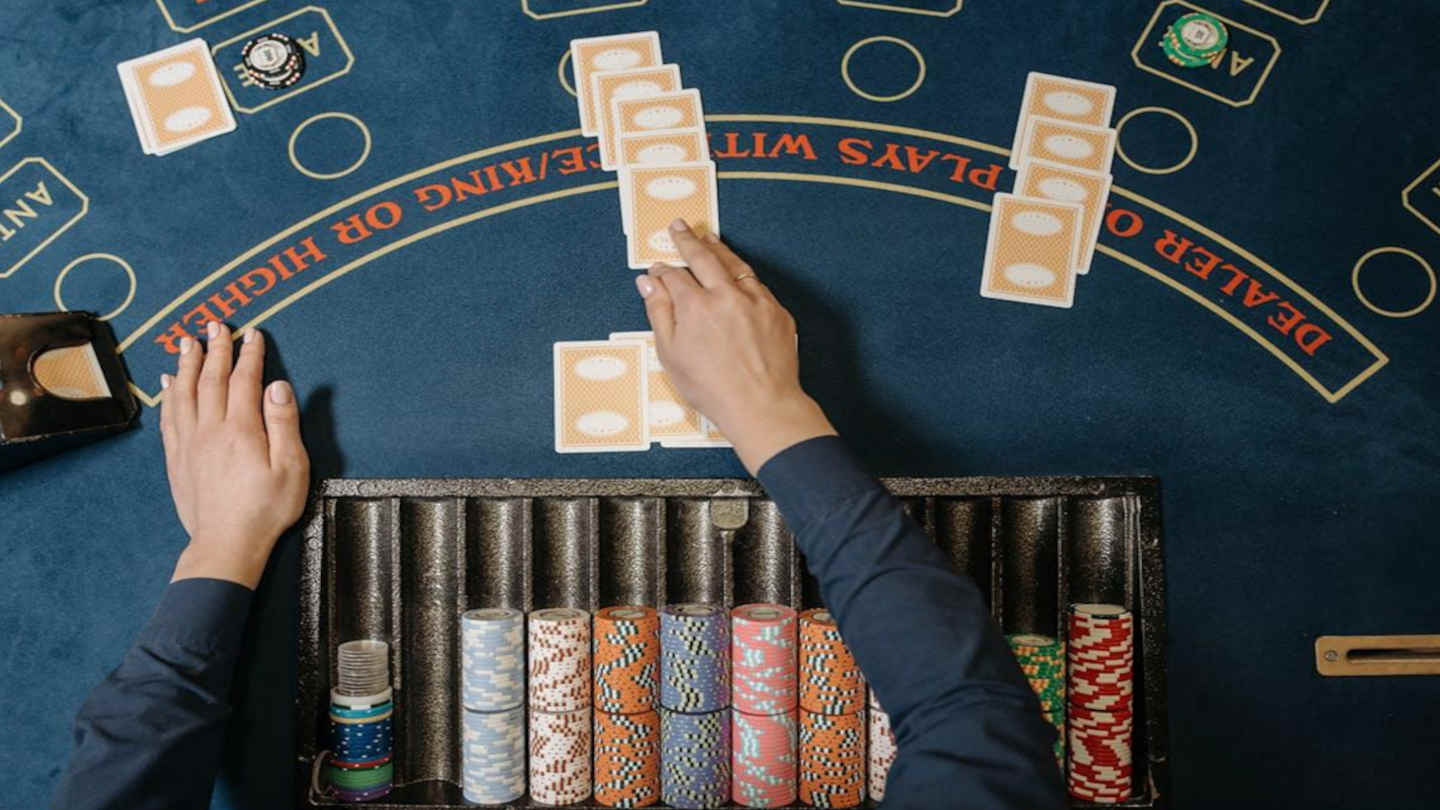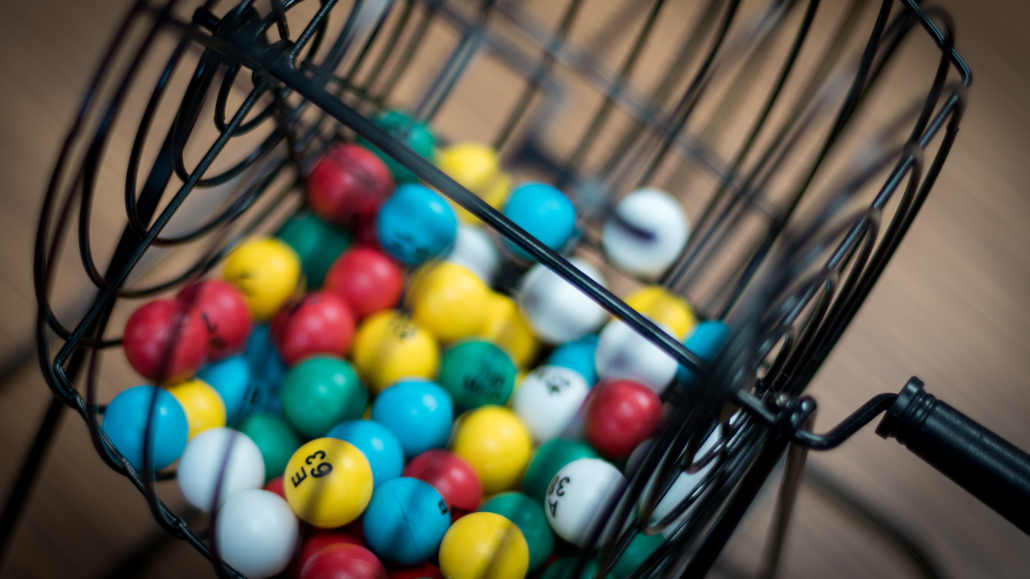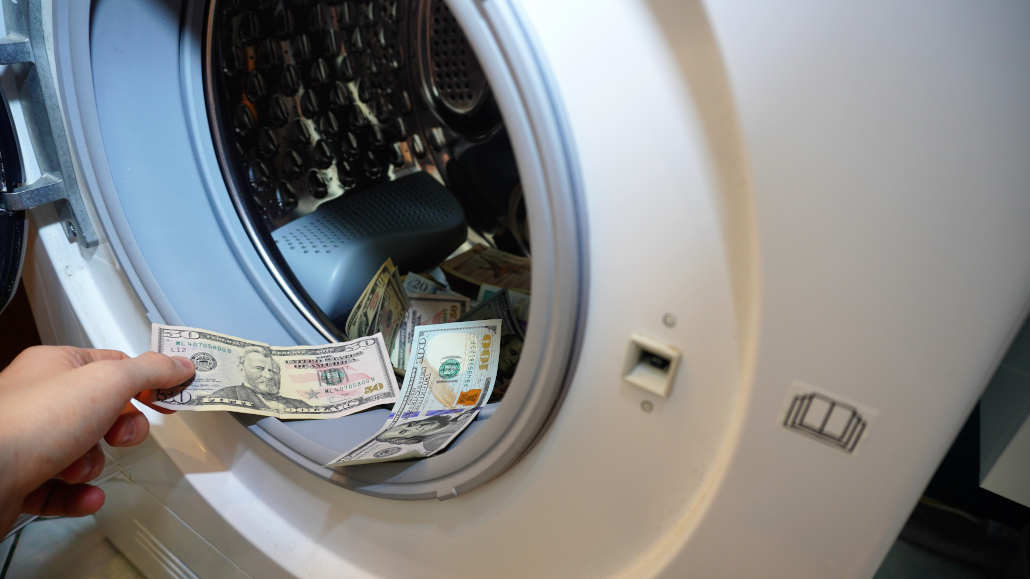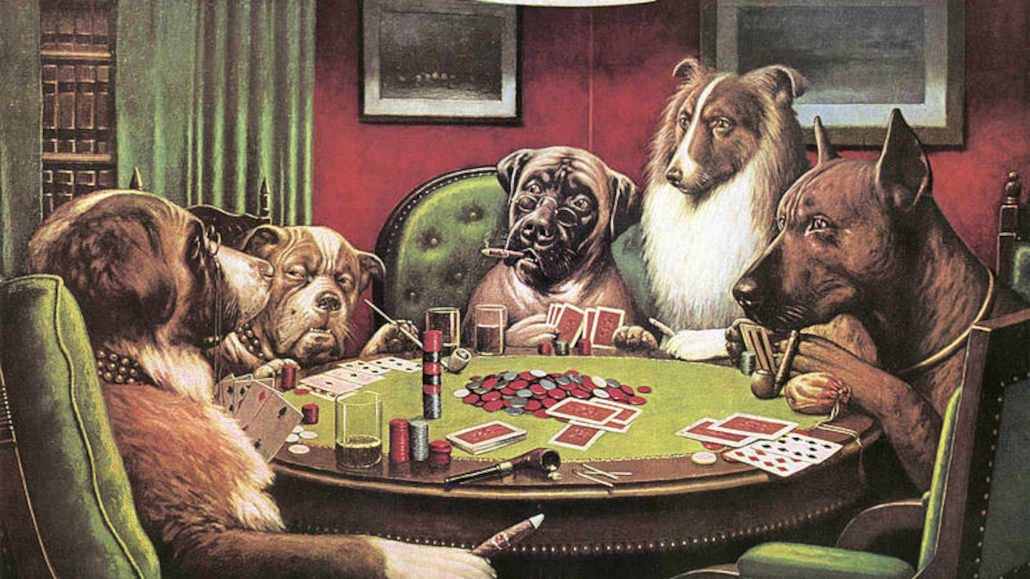Blackjack Surrender Rules – Should You Ever Use This Play?
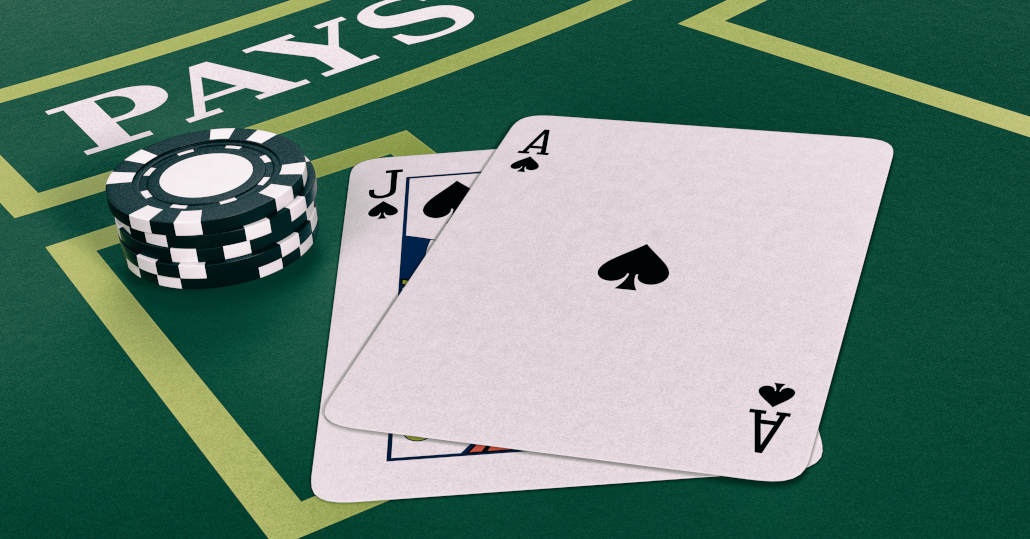
11 minutes
Last Updated: May 13, 2022
Blackjack Surrender Rules – Should You Ever Use This Play?
If you want to be a winning blackjack player, you should understand every aspect of this game and know exactly when to use each tool available to you in the game.
With this in mind, one of the least understood rules in this 21-card game is about surrendering. This is unfortunate, as it can be a great way to save money and ensure optimal play in the long run.
Surrendering in blackjack is not available in every casino. Still, you should know how to utilize it to your advantage at those venues where it is. To do so, you need to know what it is, how it works, and most importantly, how to use it to your advantage. In this guide, we’ll go over everything you need to know about blackjack surrender rules.
What is Surrender in Blackjack?
Surrendering in blackjack is a simple but money-saving action. It means giving up your hand right after the initial deal. In return, you only lose half of your bet and get the other half back.
The main idea behind the blackjack surrender rule is to provide the player with an advantage in “quitting while ahead.”
In other words, if you have a bad hand and determine that the dealer has a potentially strong one, you can quit right away. You don’t have to play out the round just to lose your entire bet.
It’s a clever play for professional players who take every hand seriously and focus on making the most of every bet.
Keep in mind that the surrender option isn’t available in every casino. To ensure you don’t get into any unpleasant situations at the table, always ask. The staff will let you know if the surrender option is available at the particular table before putting any money on the line.

Blackjack Surrender Rules
Some players think that surrender in blackjack is very unfavorable towards players and that you’ll only lose more money in the long run by using this option. Others think that this is a game-changer and that you can use it significantly to your advantage.
Regardless of which side you tend to agree with, you should understand all of the blackjack rules to know if surrendering is the right decision for you.
There are two types of blackjack surrender actions – early and late surrender. Understanding the difference between the two blackjack surrender rules is crucial for maximizing your success. Let’s take a closer look at these two types.

Early Surrender
This type of blackjack surrender allows you to forfeit your hand right after the initial cards are dealt and before the dealer can check his hand for a natural blackjack. This is the more desirable type of surrender, as you can always take advantage of it, no matter if the dealer was dealt a blackjack or not.
When you make an early surrender, you’re getting half of your initial bet back.
With this said, this option is also not as popular in casinos as the late surrender rule. This is mainly because it affects the house edge by around 0.6%, as long as you stick to the basic blackjack strategy.
Late Surrender
Like the early option, late surrender in blackjack allows you to give up on your hand in return for half of your initial bet. That said, the late surrender option is only available after the dealer checks if he got a natural blackjack.
If the dealer did get a natural, you can’t surrender, and you automatically lose your entire bet.
Only when the dealer has checked his hand and determined they don’t have a natural blackjack can you employ the late surrender to your advantage.
This option is more prevalent in today’s large casinos, mainly because it only affects the house edge by around 0.1%. This is about as much as the doubling option does.
When to Surrender in Blackjack
The surrender option might be a tempting way out of many seemingly bad hands. But, in reality, there are only a handful of situations when you should actually resort to this option. Here’s a basic and easy to follow guide on when you should surrender in blackjack:
When to Use the Early Surrender Option
Early blackjack surrender may be enticing to use in many situations, but you should exercise it only in a handful of circumstances. Here are the top three scenarios in which you should use the early surrender option:
- The Dealer Shows a 10-point Card, and You Have a Total of 14 to 16 – A hard total between 14 to 16 when the dealer’s up-card is valued at ten is difficult terrain. You have a very narrow playing field, so it’s always preferable to surrender.
- The Dealer Shows an Ace, and You Have a 33, 66, 77, or 88 – In all other conditions, these hands are great to split and continue with, but when the dealer shows an Ace, it’s best to make an early surrender.
- The Dealer Shows an Ace, and You Don’t Have a Total Between 8 and 11 – If the dealer’s up-card is an Ace and you have any hard total that’s either between 5 and 7 or 12 and 17, you should surrender.
When to Use the Late Surrender Option
In line with the previous tips, here are the top three blackjack surrender tactics to keep in mind if you’re playing a game with the late surrender option:
- The Dealer Shows an Ace, and You Have a Total of 17 – You should always surrender in this scenario if the dealer stands on a soft 17. If not, you can disregard this rule.
- The Dealer Shows an Ace or a 10-point Card, and You Have a Total of 16 – Regardless if the dealer hits or stands on a soft 17, you should always surrender if you find yourself in this situation.
- The Dealer Shows an Ace, and You Have a Total of 15 – The only exception to this rule is if you’re playing a table where the dealer is obligated to hit on a soft 17.

When Not to Surrender in Blackjack
Equally as important as knowing when to surrender your hand, you should remember the limited number of scenarios in which you should always avoid surrendering. Here are the top two situations for both the early and late blackjack surrender rules:
When to Avoid the Early Blackjack Surrender Option
When playing early surrender blackjack, you should avoid making the mistake of surrendering in these scenarios:
- The Dealer Shows a 10-point Card, and You Have a Total of 14 – If you have a 10-4 or 9-5 hand in single-deck blackjack or a 10-4 hand in double-deck blackjack, always stay in the game.
- The Dealer Shows a 10-point Card, and You Have 88 – If you’re playing a single-deck blackjack variation that allows double after split, you should never make an early surrender.
When to Avoid the Late Surrender Option
No matter how enticing it is to use the late surrender option, you should always stay away from it in these two situations:
- You Have a Total of 16, and the Dealer Shows a 9 – There’s a world of difference if the dealer shows a ten-point or nine-point card. If they’re showing a nine, they’re always more likely to come under your total than you are to bust out. This is why you should never surrender in this situation.
- You Have a Total of 15 or 17, and the Dealer has a Soft 17 – This perhaps doesn’t make sense at first but is a tip that can save you a lot of money. When you see it in action in late surrender blackjack, you’ll understand why it always works out.
How to Surrender in Blackjack
Regardless if you’re playing online or in a real casino, surrendering in blackjack is a fairly straightforward action. When playing online, all you need to do is click on the “Surrender” button, and you’ll forfeit your hand automatically.
When playing in a brick-and-mortar casino, you simply have to say the word “surrender,” and you’ll successfully give up on the hand.
In some venues, you’ll have to signal to the dealer with an appropriate gesture. You can perform the surrender signal in blackjack by drawing a six-inch line with your index finger right under your bet.
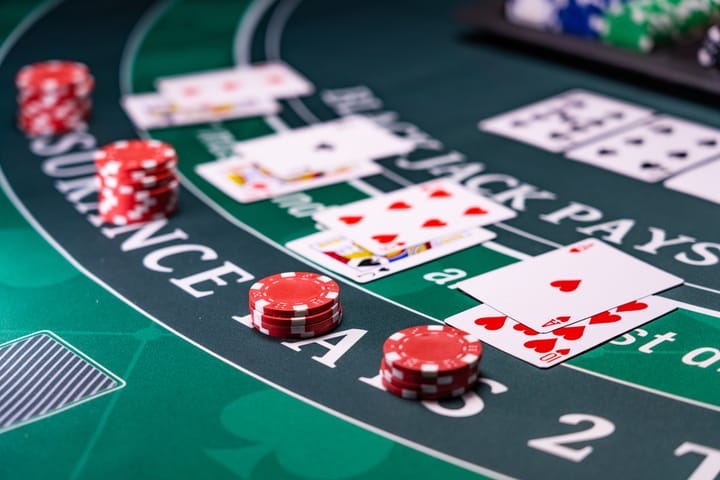
Blackjack Surrender – Should You Do It?
Surrendering your hand can be a difficult decision to make, as you’re parting with half of your bet before you even get to play. It can undoubtedly hurt you if you employ it incorrectly or resort to it too often.
That said, you should look at this from a pragmatic standpoint. It’s an appealing and practical rule that does come in advantageously in certain circumstances.
As we’ve seen from the examples above, this is most noticeable when you hold 16 points, the worst hand in the game.
If you took the time to read all of the information and tips we shared with you on this page, you’re equipped with enough details to draw the bottom line in each situation you find yourself in.
As painful as it may be, sometimes it’s best to give up on the hand right, forfeit half of your casino chips, away and move on to the next round!





